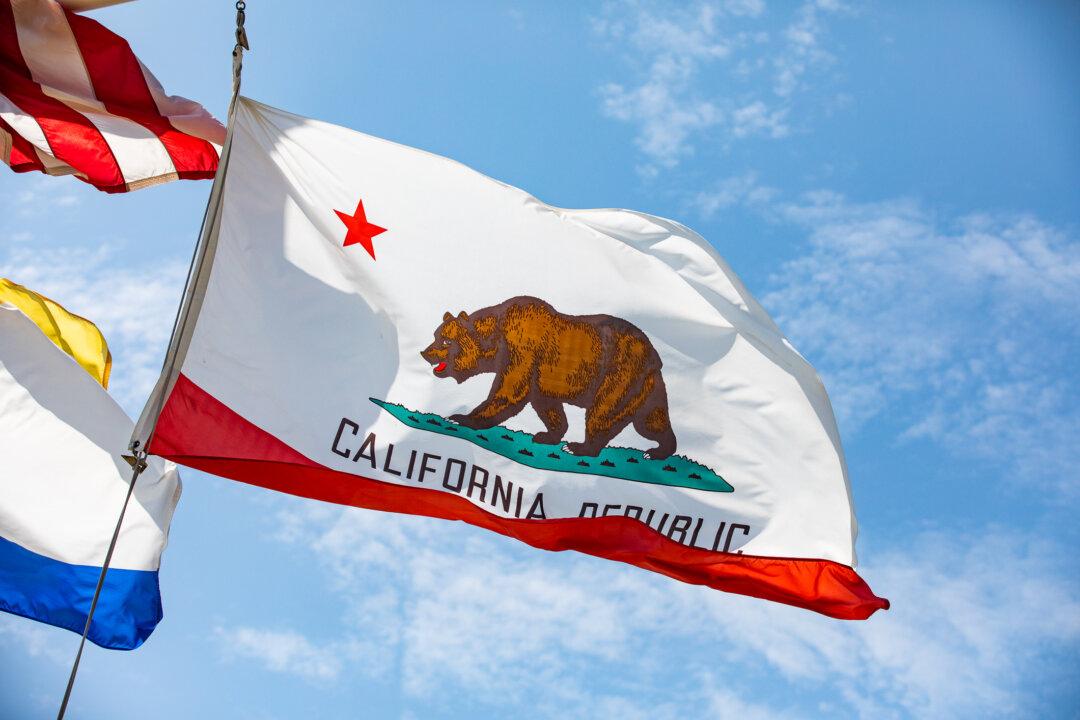As the decades-long dispute over Colorado River water continues, three lower basin states revealed an agreement on March 6 to reduce their consumption.
The new proposal submitted to the U.S. Bureau of Reclamation details agreements among Arizona, California, and Nevada to decrease water usage by up to 1.5 million acre-feet annually if the Colorado River reservoirs’ capacity drops below 58 percent—a reduction representing roughly 17 percent of the total allocation for the three states in most years.





